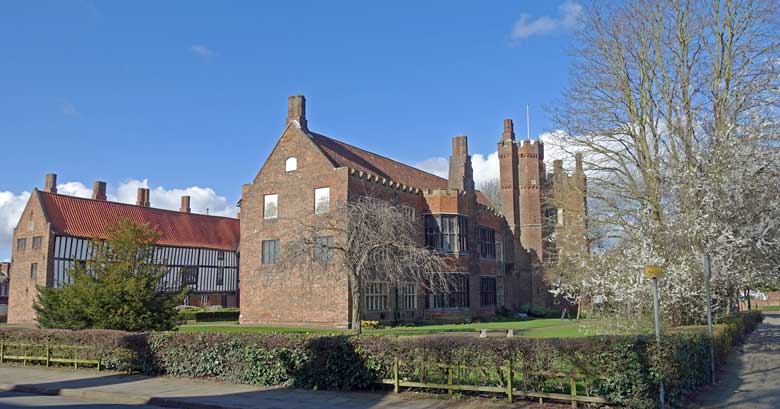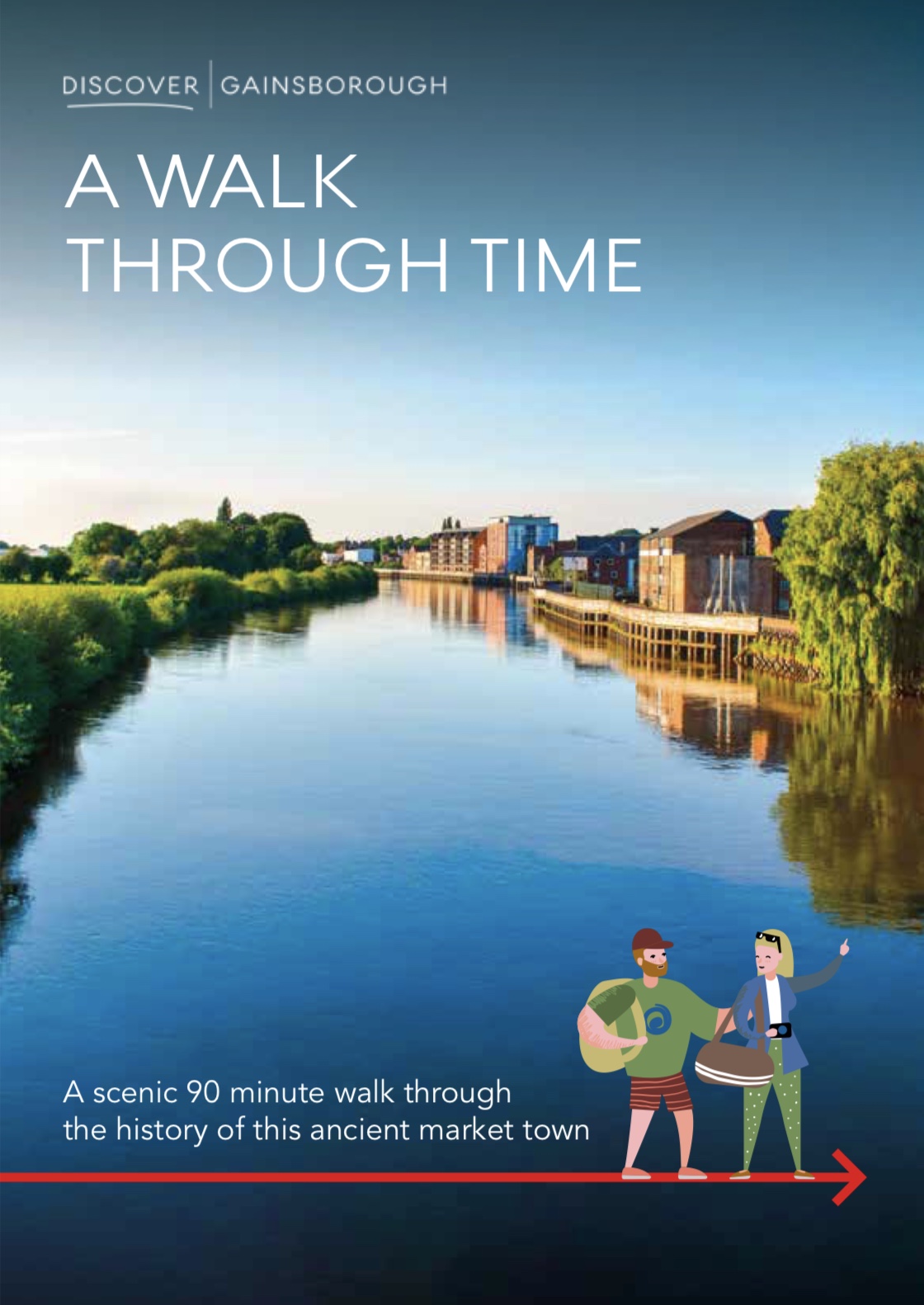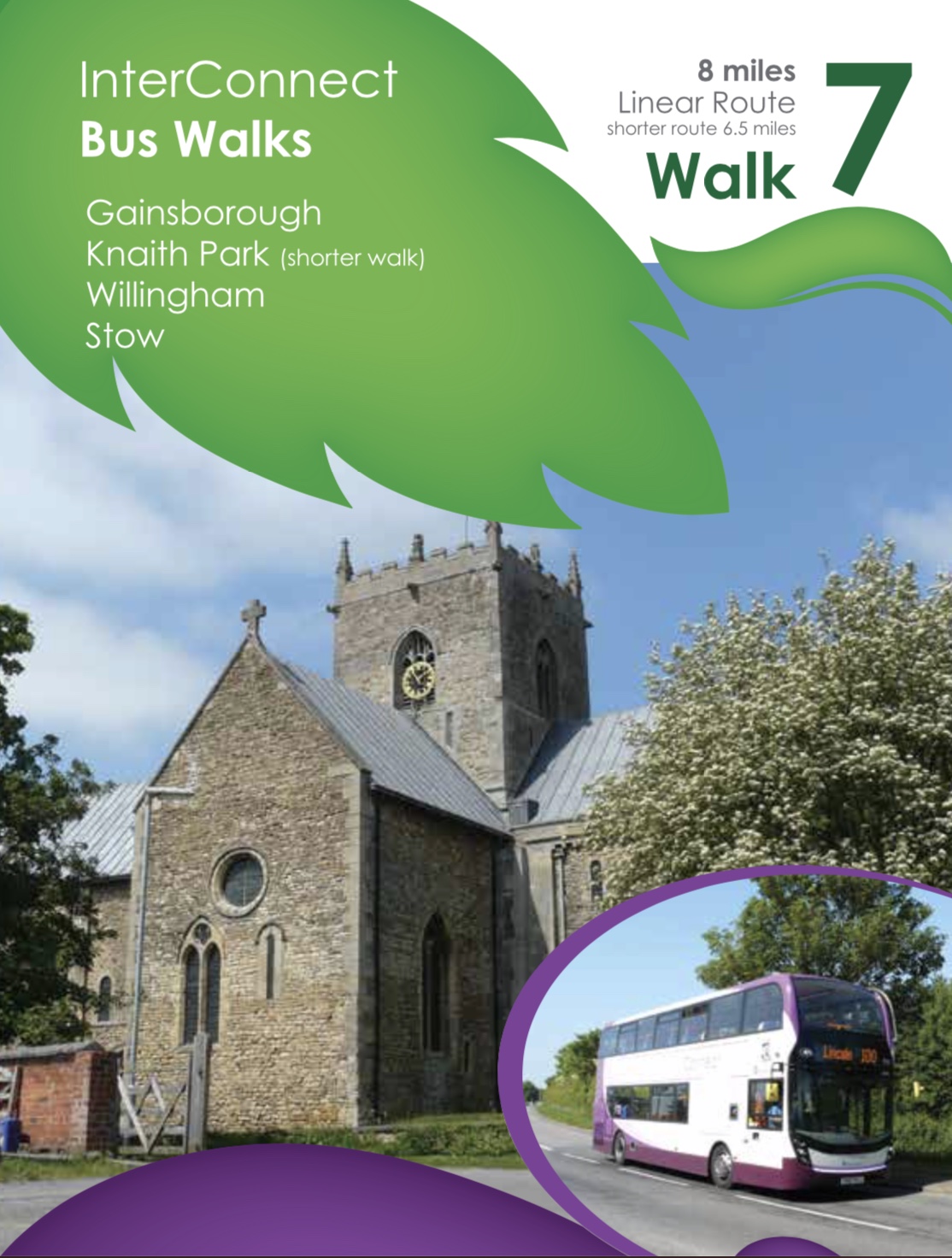
North Notts & Lincs Community Rail Partnership
|
|
|||||||||
Gainsborough has two railway stations, Central (the
station buildings were demolished in 1977) and Lea Road, one mile south
of the town centre served by bus routes 100 and 107. The Old Hall The Old Hall (10 minutes walk from Central Station and
30 minutes from Lea Road station) is a 15th century manor house, which
inevitably has experienced alterations over the centuries, is still
remarkably redolent of times long past. The building deteriorated from
the late 17th century. In the following years it was used as a
linen factory, a theatre, a corn exchange, an auction sale room,
Masonic lodge, a Congregational church and a ballroom. The first
restoration of the building was carried out in 1849 followed by another
restoration in 1880. Between 1951 and 1984 extensive repairs and
reinstatements were carried out under the plausible of the Department
of
the Environment. When the Old Hall closed in March 2020, due to the
Corona Virus pandemic, the opportunity to carry out further repairs
was made prior to the hall re-opening to the public in July 2021. Gainsborough and the Separatists During the early years if the 17th century a movement
separating religion from the state developed in and around
Gainsborough.
John Smyth a preacher who had been asked by the bishop of Lincoln for
his strange doctrines and forward preaching of his Puritan views came
to Gainsborough in 1603.
It is thought that John Smyth enjoyed the freedom to preach in his own
style at the Old Hall under the protection of the new lord of the manor
William Hickman. By the time King James banned private religious
meetings and removed clergymen who refused to conform John Smyth had a
congregation of around 70 people meeting secretly in
Gainsborough. Sir William Hickman found
himself under pressure from the Bishop of Lincoln for permitting John
Smyth to preach. Unable to emigrate legally without permits and unable
to obtain permits, John Smyth and at least forty of his Gainsborough
followers slipped quietly away and disappeared from Gainsborough in
late 1607 or early 1608. The Pilgrim Woman statute at Whitton's
Gardens besides the River Trent marks the exodus. Read more of the the
Separatists in Gainsborough at Mayflower
400 All Saints Parish Church and the Gainsborough Tapestry Standing in grounds across Gladstone Street from the Old Hall is All Saints Parish Church an 18th century church, known as the St Martin in the Fields of the North, attach to a 14th century tower. The church contains the Gainsborough Millennium Tapestry telling the history of the town. Gainsborough Heritage Centre Standing at the junction of North Street and Spital
Terrace in a former
post office building is the Gainsborough Heritage Centre which holds a
wide range of information, drawings, manuals, and leaflets, relating to
Marshall and Sons the world famous agricultural machinery
manufacturer.
Trent Bridge and the Riverside
Marshall's Yard The Marshall's Yard shopping centre occupies buildings
that were once part of Marshall and Sons works. Central station is
located behind the shopping cnetre St Paul's Church, Morton - A treasure house of William Morris and Sir Edward Burne-Jones windows. A mile north from Gainsborough town centre (bus 2 and
100) is the church of St Paul in the village of Morton. Ten windows
designed by the great Victorian artist Sir Edward Burne-Jones RA who
worked on them with designer William Morris are a rare and valuable
possession. In addition the chancel carpet is woven to a pattern of
William Morris.


 |




